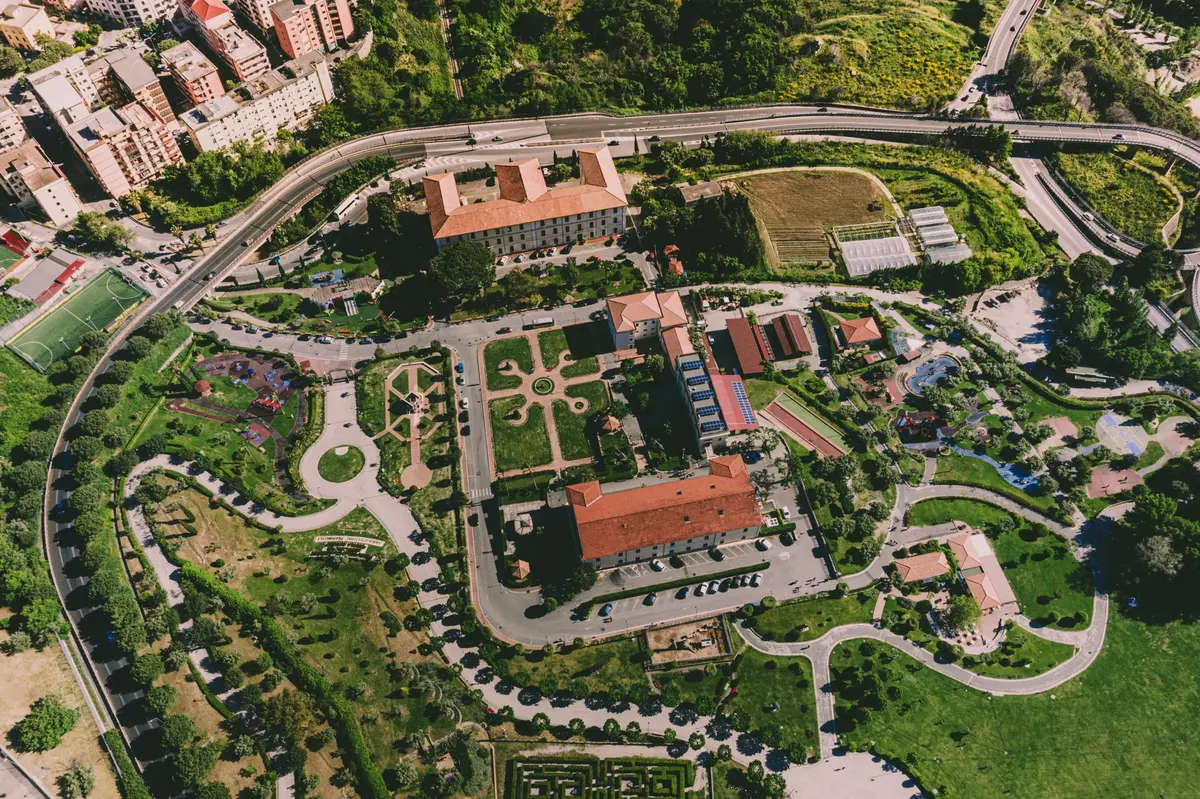Cathedral of Catanzaro

Place of worship
Duomo di Catanzaro - Regione Calabria
It is known as the city ‘’of the two seas‘’ because of its peculiar position that - from certain vantage points and in particular conditions - offers the possibility of seeing the Ionian and Tyrrhenian seas at the same time. It is the city of the wind, because of the breezes that blow through it, carrying the scents of the coast and the Sila National Park. It is the regional capital, with a history of contamination between peoples and cultures that still today makes past and present dialogue. Catanzaro is truly a city to discover and if you have already planned to do so, a visit to the Cathedral, located right in the heart of the historic centre and the mother church of the Catanzaro-Squillace archdiocese, is a must on your itinerary.
The metropolitan Cathedral is dedicated to Santa Maria dell'Assunta, was erected in Norman times and it was even Pope Callisto, in 1222, who consecrated it. The current appearance of the church is the result of long renovations and additions to the original structure. The construction of the Chapel of St Vitalian dates back to 1309 and, in 1588, the Chapel of the Blessed Sacrament was built in front of it.
In the altar of the Chapel of St Vitalian in three niches are kept the relics of St Vitalian, patron of the city, St Fortunatus and St Irenaeus, former patrons of the Byzantine city. In 1551, the façade of the church, which had disastrously collapsed in the earthquake of 1638, was rebuilt in Renaissance style. The cathedral's fate was a bitter one, since it was damaged again during the bombing of World War II and had to undergo another long period of renovation. In 1984, eight centuries after Callisto, another pope, the much-loved John Paul II, visited Catanzaro Cathedral.
The architectural layout features three doors on the main façade and another three on the side facing it. Inside you can admire ancient works of art of considerable value: the silver bust of St.. Vitaliano, attributed to the Neapolitan silversmith Gilberto Lelio; the statue of the Madonna delle Grazie dating back to 1595, a work of Messina or Neapolitan artistic ancestry; the statue of Dormitio Virginia, from the beginning of the 18th century, depicting the Assumption; the 18th-century wooden statue, from a Neapolitan workshop, of the S.S.Vergine Addolorata; the canvas of the Holy Family made in 1834 by Domenico Augimeri.
Much more recent (it dates back to 1959) is the construction of the pipe organ, creator of the refined musical background of religious celebrations. The ongoing restoration also concerns the main works of art that the church houses, such as the Madonna by Giuseppe Rito, located on the roof of the bell tower, and the Via Crucis by Alessandro Monteleone, which can be admired in the aisles. The bas-reliefs at the entrance and the wooden choir located in the main apse will be restored along with the pipe organ in the south transept and the icons located in the votive chapels.
It is currently closed for renovation work that, when completed, will restore the building to its former glory.



